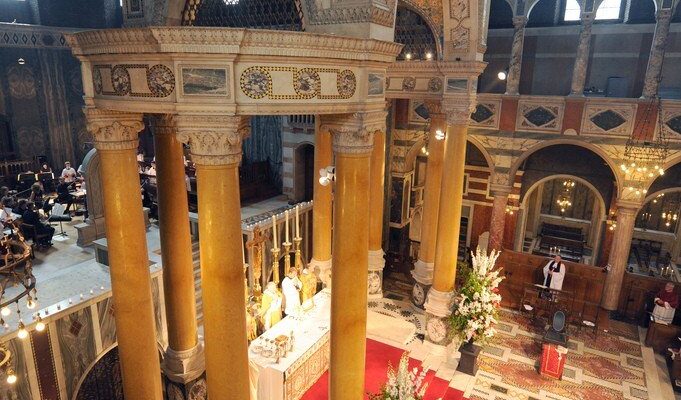Westminster Cathedral
Westminster Cathedral is the principal Catholic church of England and Wales, located in one of London’s oldest boroughs, Westminster. The beautiful Neo-Byzantine style building was erected at the turn of the 19th and 20th centuries and stands out prominently amongst the surrounding modern development.
.
The large building, with an area of more than 5,000 m², is built of red brick with white stone inserts characteristic of Byzantine temples. The powerful buttresses are also built of brick and the domes are made of concrete. Westminster Cathedral consists of several chapels and has one bell tower rising to a height of 90 meters. At the very top is a large cross with pieces of the cross on which Jesus Christ was crucified.
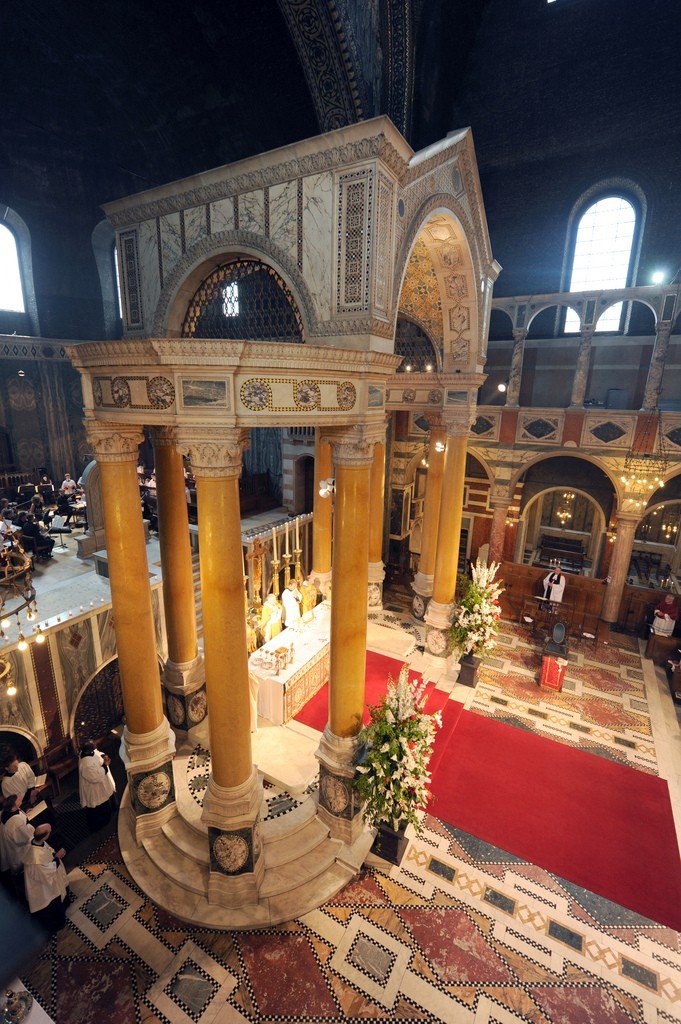
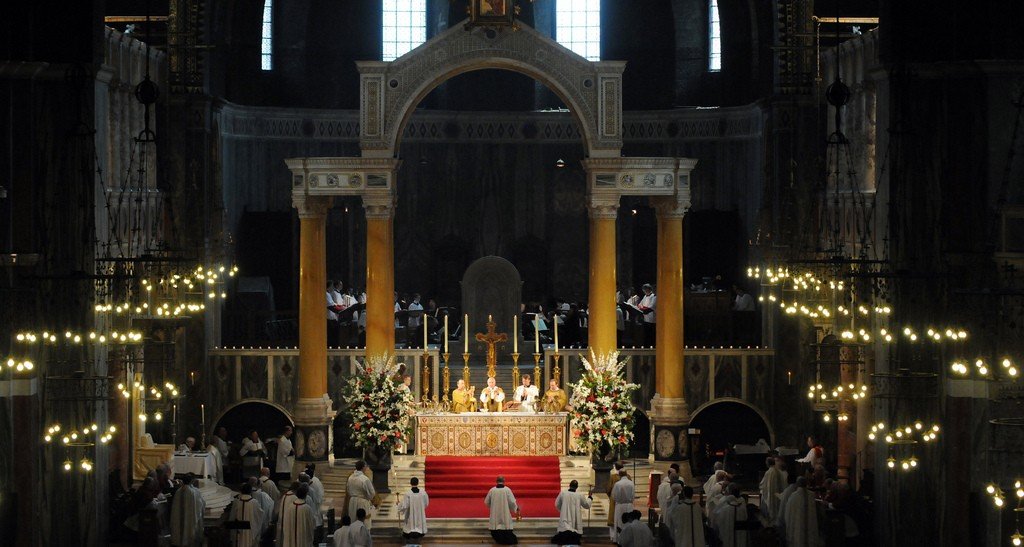
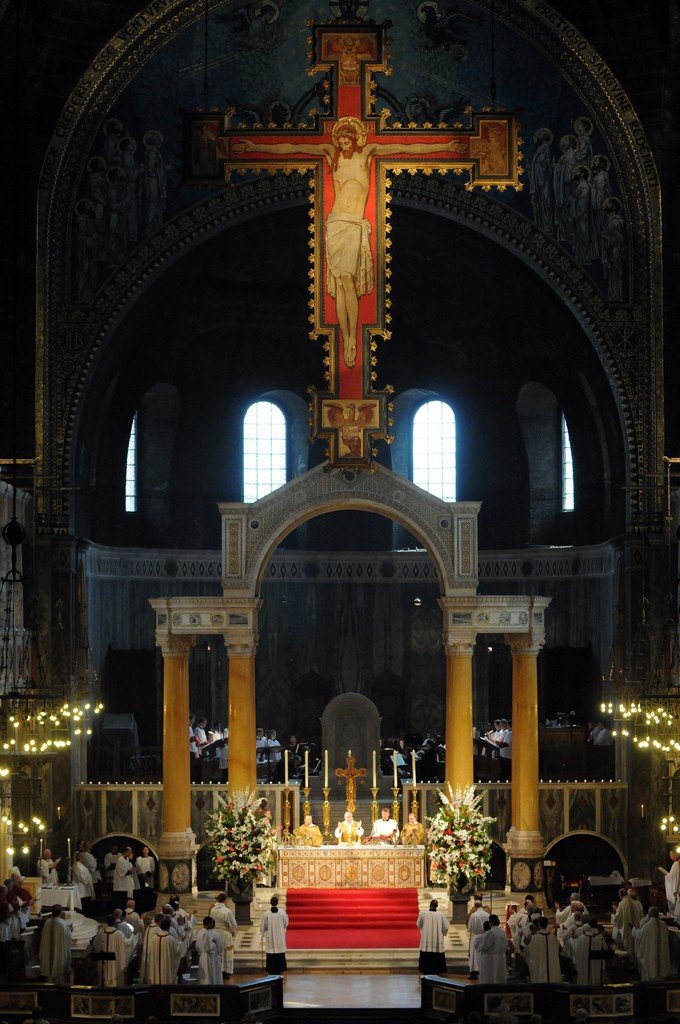
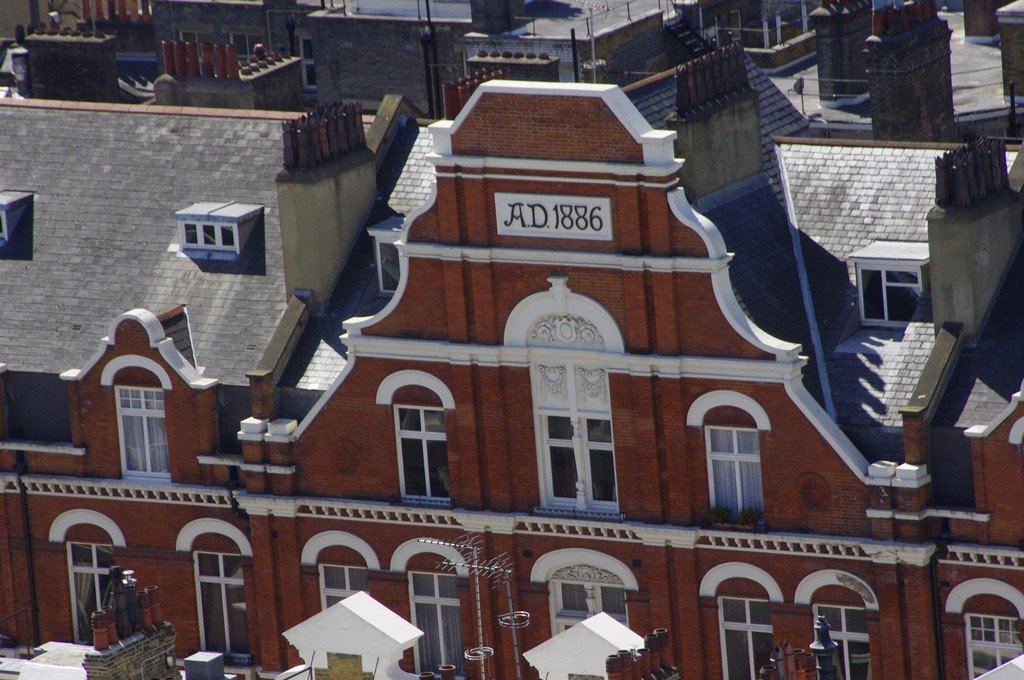
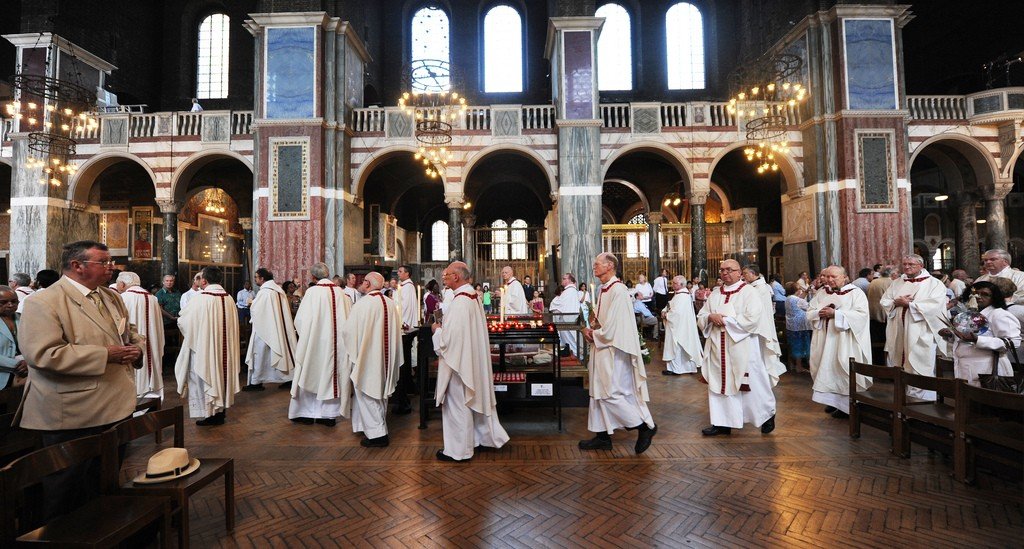
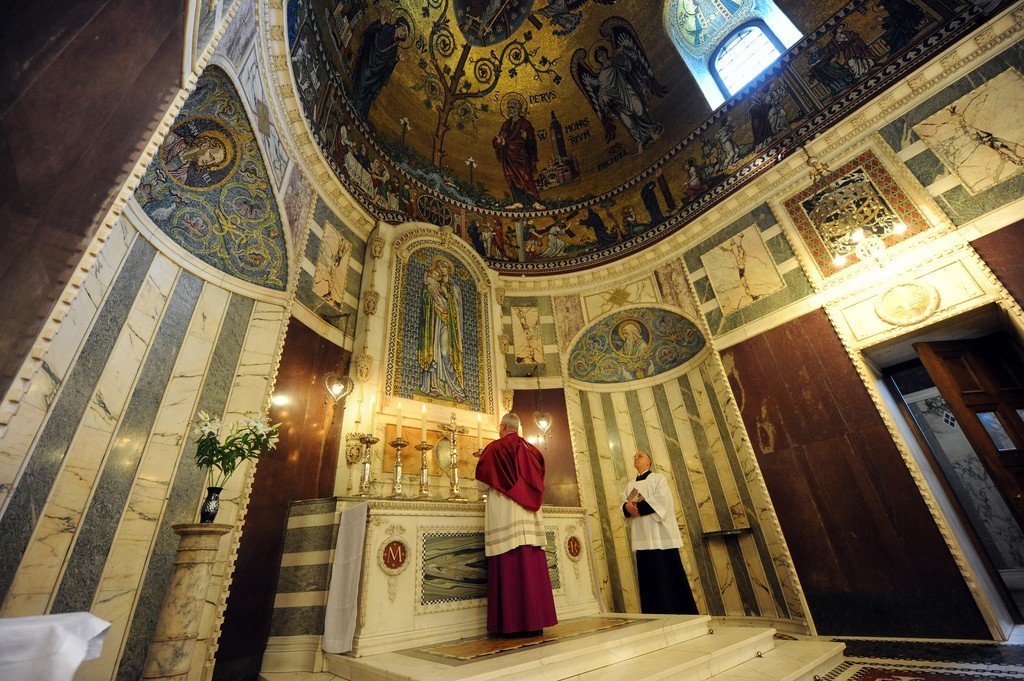
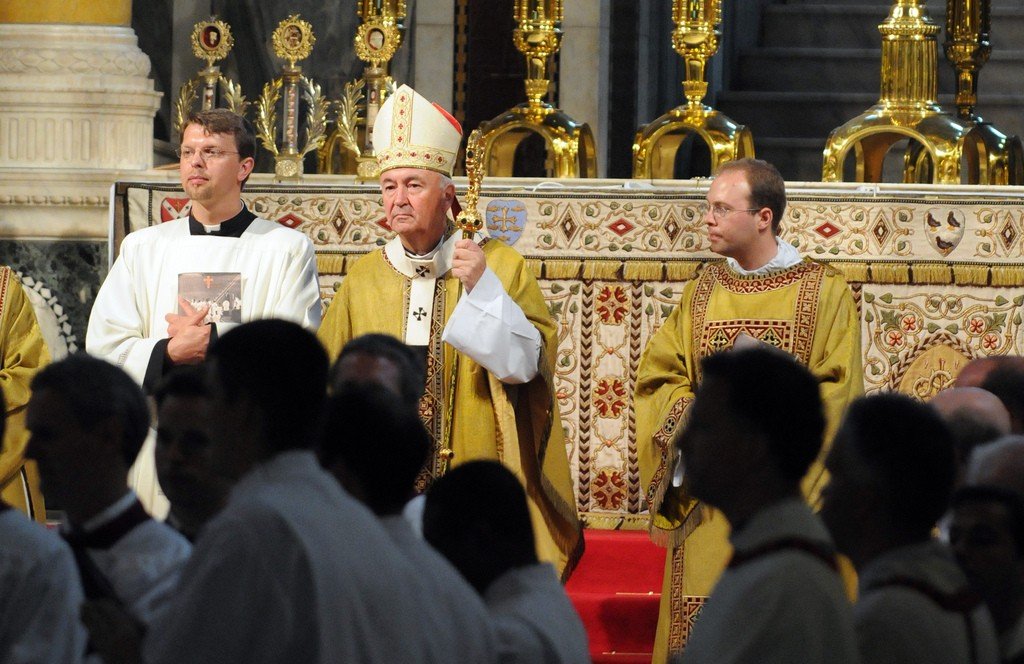
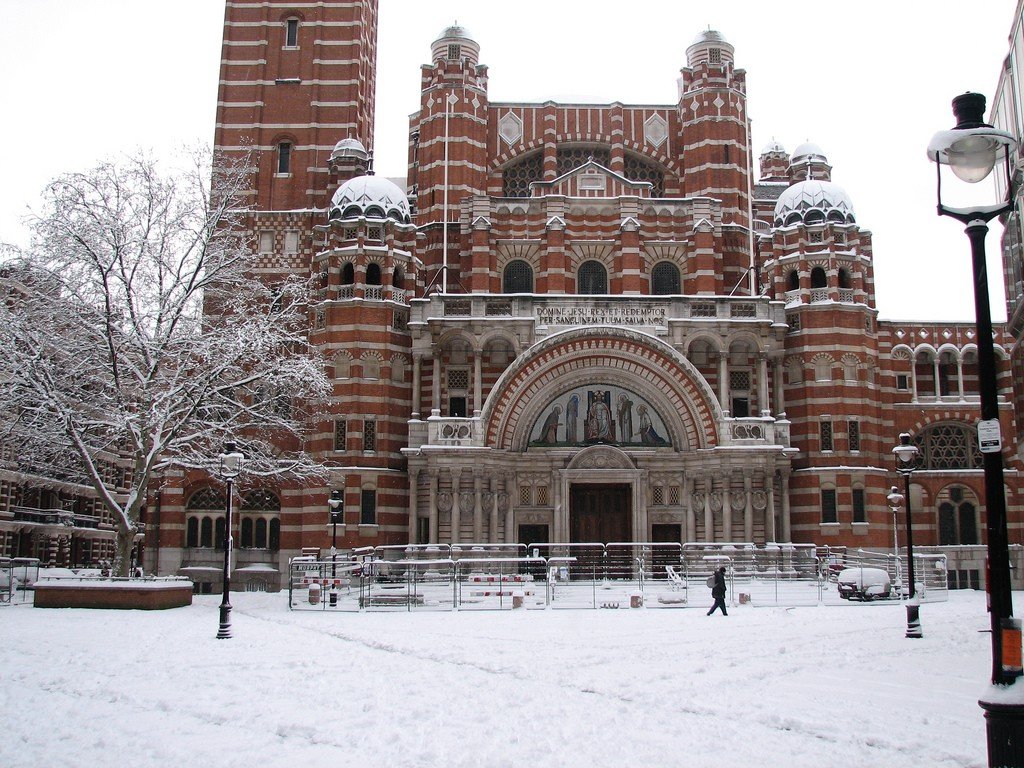
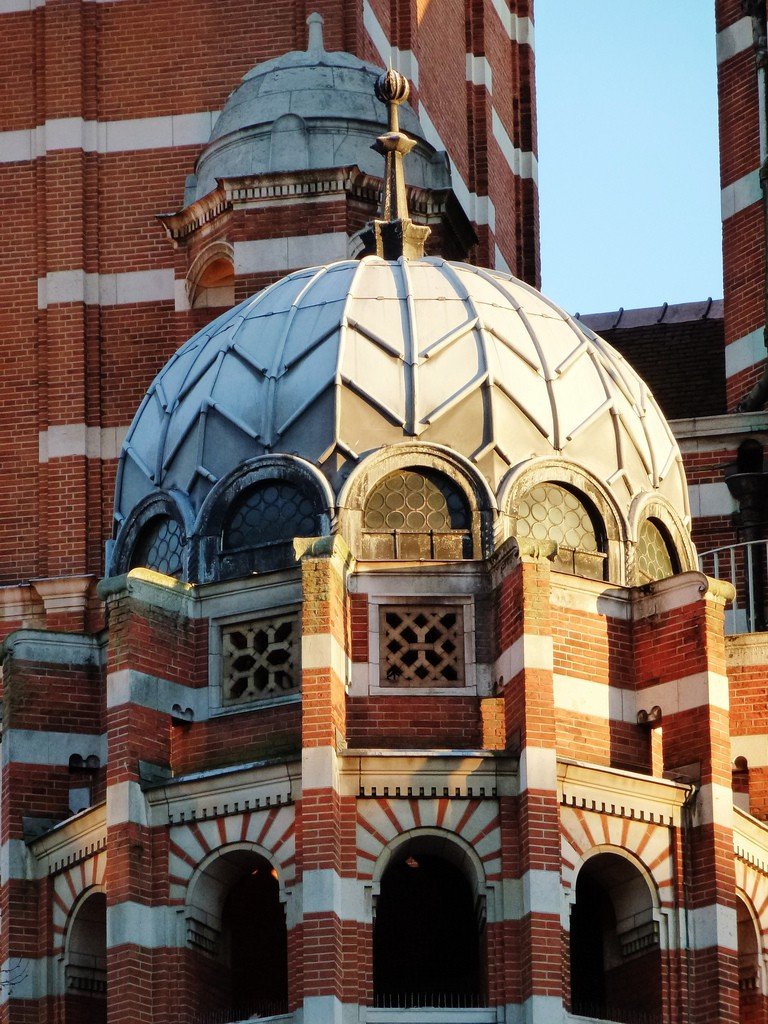
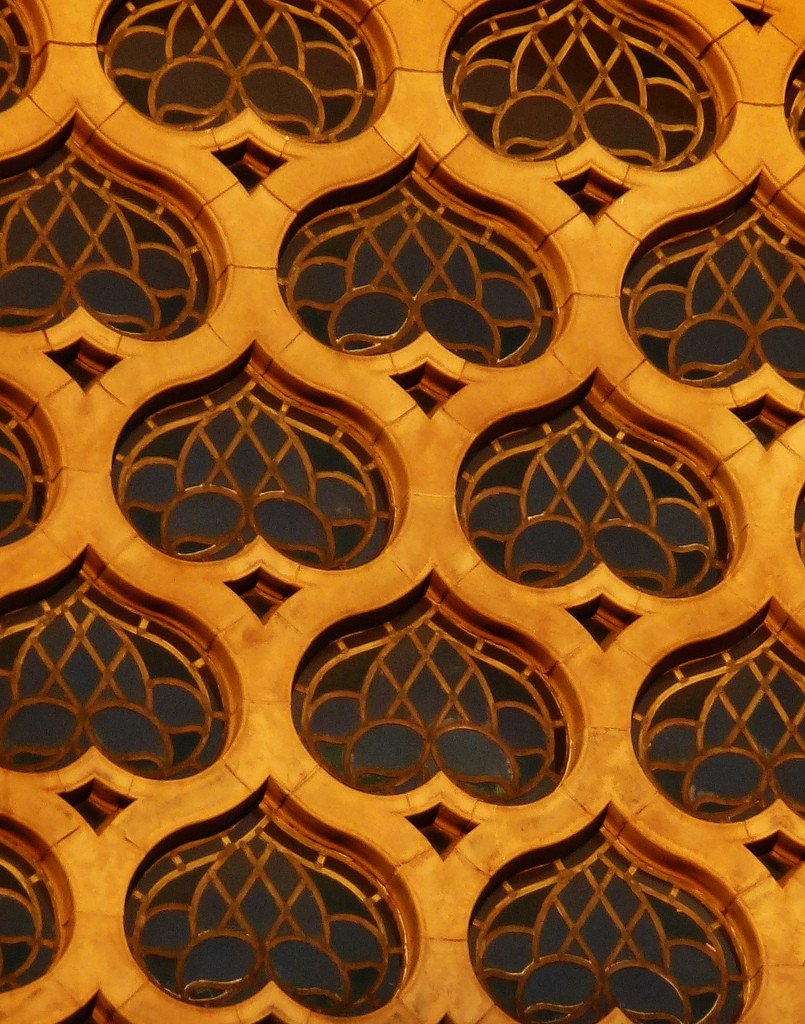
Tourist Information
Westminster Cathedral attracts tourists with its unusual architecture and richly decorated interiors. It features picturesque mosaics, inlaid marble and works of arts and crafts trimmed with gold, pearls and lapis lazuli. There are two organs in the cathedral. The large one is behind the west entrance and the smaller one is behind the altar. Many visitors come to the cathedral for concerts of organ music.
.
After paying £5, you can tour the temple treasury. The same money is required to take the elevator to the top of the tall tower, the campanile, which offers an excellent view of Westminster. From the tower you can see the Palace of Westminster, Trafalgar Square and the Queen Victoria Memorial. For £8, travelers can purchase a comprehensive ticket and view the treasury and the campanile at the same time.
.
The entire first floor of Westminster Cathedral and its side aisles are free for tourists. The Cathedral is open Monday to Friday from 7.00am to 7.00pm, and Saturday and Sunday from 8.00am to 7.00pm. The bell tower is available from 9:30 a.m. to 12:30 p.m. and 1 p.m. to 5 p.m.
.History of Westminster Cathedral
The original plan was to build the cathedral in the Gothic style. But calculations showed that this project would cost too much, and the city authorities settled on the neo-Byzantine project of architect John Francis Bentley. The young architect wanted the building to meet all the traditions, so he went to Venice and thoroughly studied the structure of St. Mark’s Cathedral.
.
The erection of the cathedral began in 1895 and lasted 8 years. Westminster Cathedral became Bentley’s most famous work, but unfortunately the architect did not live to see its completion. In 1903, the cathedral opened its doors to the faithful and its official consecration took place 7 years later. In 1977, for the first time since the Anglican Reformation, the Queen of Great Britain visited the Catholic church; 18 years later, Elizabeth II attended a Catholic mass.
.Interiors
Many tourists who find themselves inside Westminster Cathedral are struck by the height of its vaults. The main dome is 33 meters from the floor, and it seems that above your head is not a vault, but the sky. Thanks to wealthy patrons of the arts, the cathedral received a rich marble pulpit, an alabaster statue of the Mother of God with a child and a large bell.
.
In the church one can see very rare for English cathedrals mosaics. The Lady Chapel was decorated by the artist Gertrude Martin, and the main entrance is decorated with a mosaic of Christ in Glory by the British artist Robert Annig Bell.
.
Curiously, Westminster Cathedral holds mosaics made by Russian muralist Boris Vasilievich Anrep. And in the crypt of the church rests the ashes of the last ambassador of the Russian Empire, Count Alexander Konstantinovich Benckendorff, who died in London in January 1917.
.How to get there
Westminster Cathedral stands at 42 Francis Street, 300 meters from London Victoria Station and 600 meters from St. James’s Park subway station. The city buses Nos. 11, 24, 148, 507 and 211 stop next to the cathedral, on Victoria Street.
.